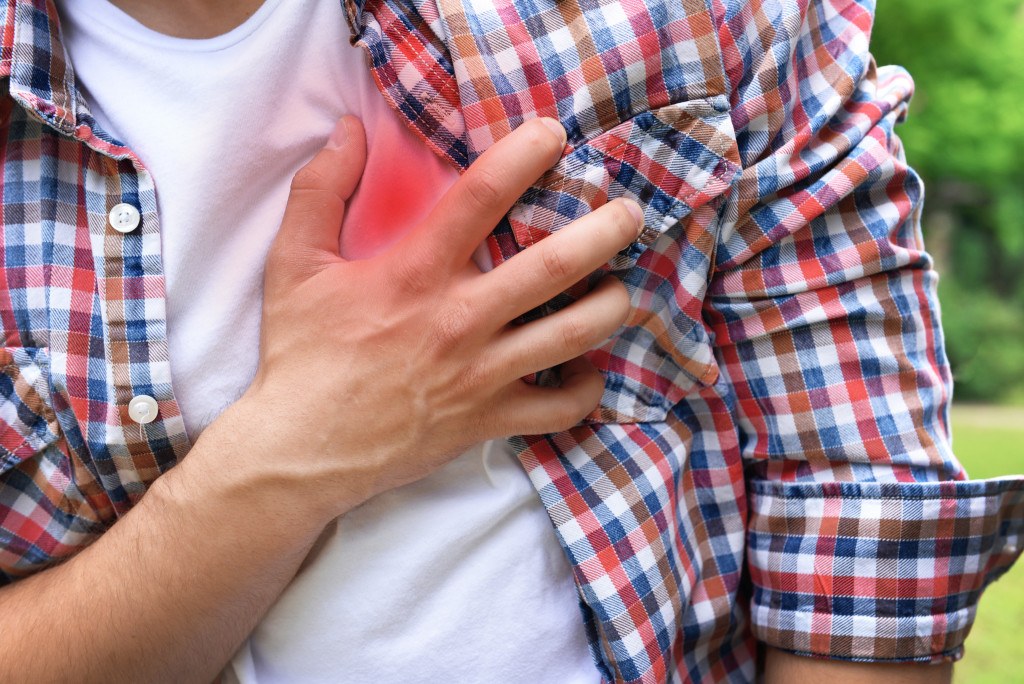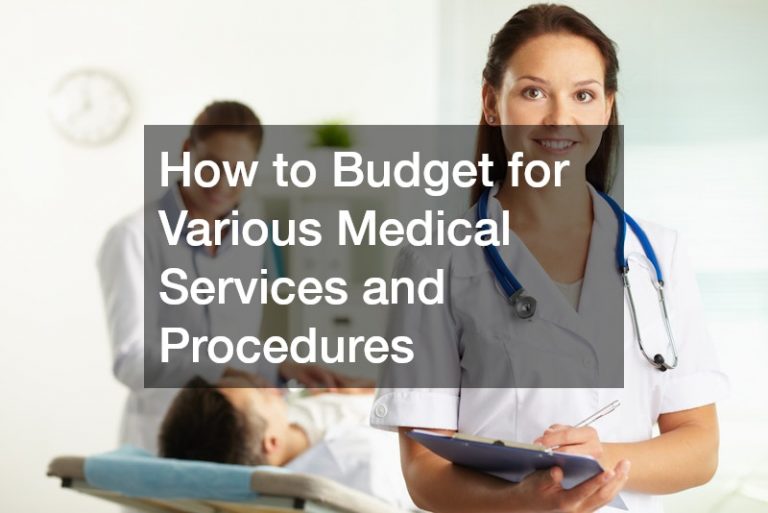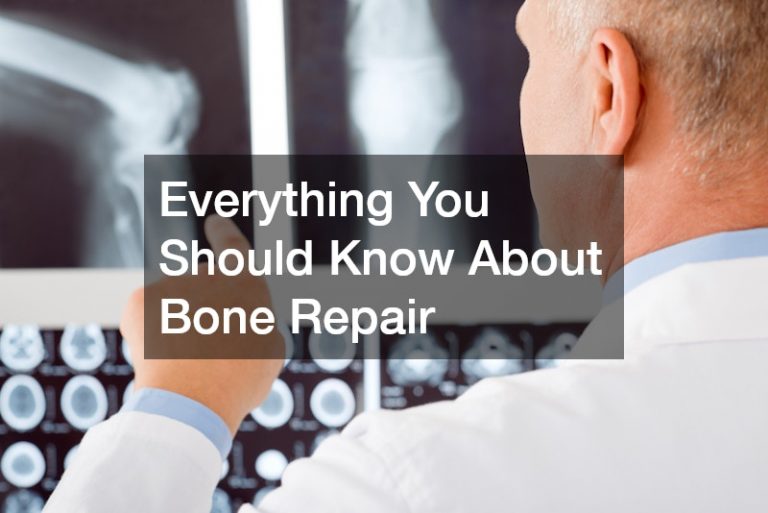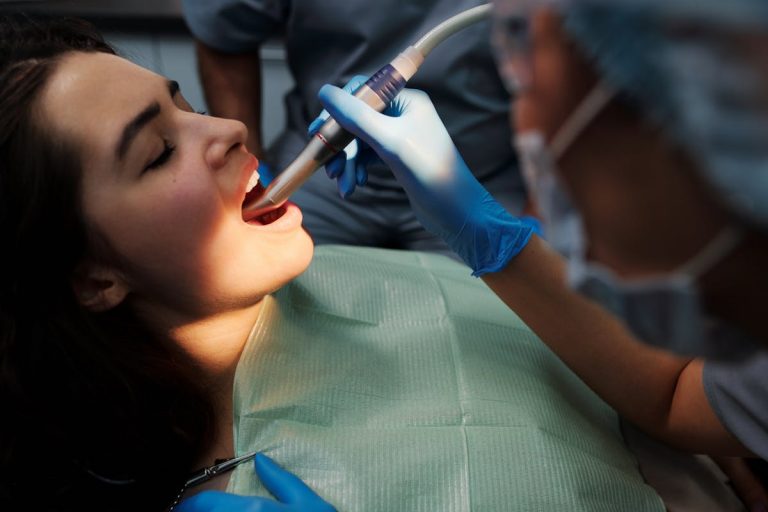Heart disease is a leading cause of death for both women and men in the United States. Every year, about 655,000 Americans die from this disease, making it the leading cause of death for both men and women.
Heart disease is a term that covers a range of conditions that affect your heart. It can include coronary heart disease, congenital heart defects, and valvular heart disease. Heart disease can also lead to heart failure, which occurs when your heart can’t pump enough blood to meet your body’s needs.
While there are many different types of heart disease, they all share one common feature: They’re all caused by damage to the harteries that supply blood to your heart.
Causes of heart disease.
There are a number of different factors that can contribute to the development of heart disease. These include:
A family history of heart disease. This means that you’re more likely to develop the condition if your parents or other close relatives have had it.
Smoking. This is one of the most significant risk factors for heart disease. Cigarette smoke damages the arteries and makes them more likely to become blocked.
Diabetes. This condition causes a buildup of sugar in the blood, which can damage the arteries and lead to heart disease.
High blood pressure. This puts extra strain on the heart and can damage the arteries over time.
High cholesterol. This is a fatty substance that can build up in the arteries and make them narrower, making it more difficult for blood to flow through.
Obesity. This increases the risk of developing diabetes, high blood pressure, and high cholesterol, all of which can lead to heart disease.
Physical inactivity. This means not getting enough exercise, which can lead to obesity and other risk factors for heart disease.
Stress. This can contribute to high blood pressure and other health problems that can lead to heart disease.
It’s important to remember that many of these risk factors are controllable. This means that making lifestyle changes, such as quitting smoking and getting more exercise, can help to reduce your risk of developing heart disease.

Symptoms
Symptoms of heart disease can vary depending on the type of condition you have. However, some common symptoms include chest pain, shortness of breath, and fatigue. If you experience any of these symptoms, it’s important to see a doctor right away.
Diagnosis
There are a number of different tests that can be used to diagnose heart disease. These include:
- MRI scan. This is a non-invasive test that uses magnets and radio waves to create images of the inside of your body. An MRI scan can be used to get a detailed look at the structure of your heart and to identify any problems.
- A physical exam. Your doctor will check your blood pressure, pulse, and weight. They may also listen to your heart and lungs with a stethoscope.
- Blood tests. These can help to check for things like high cholesterol and diabetes.
- An electrocardiogram (EKG). This test measures the electrical activity of your heart and can detect problems with the heart’s rhythm.
- A stress test. This test is usually done with an EKG. It involves exercising on a treadmill or bike while your heart rate and blood pressure are monitored.
- Coronary angiography. This is an invasive test that involves threading a small tube through an artery in your leg up to your heart. This tube is then used to inject a dye that makes the arteries visible on an X-ray. This test can help to identify any blockages in the arteries supplying blood to your heart.
Treatment
There are a number of different treatments for heart disease, depending on the type of condition you have. Some common treatments include medication, surgery, and lifestyle changes.
Medication
There are a number of different medications that can be used to treat heart disease. These include:
- Statins. These are drugs that help to lower cholesterol levels.
- Angiotensin-converting enzyme (ACE) inhibitors. These drugs help to lower blood pressure.
- Beta-blockers. These drugs help to control the heart rate and rhythm.
- Nitrates. These drugs help to boost blood flow to the heart.
Surgery
Surgery may be an option for some people with heart disease. Types of surgery include:
- Coronary artery bypass graft (CABG). This surgery involves taking a healthy blood vessel from other parts of the body and using it to bypass a blockage in one of the arteries supplying blood to the heart.
- Heart valve surgery. This surgery is used to repair or replace a damaged heart valve.
Device therapy
Device therapy may be an option for people with heart disease who are not candidates for surgery. Types of device therapy include:
- Heart transplant. This is a surgery to replace a damaged or diseased heart with a healthy one from a donor.
- Assist devices. These are devices that help the heart pump blood. They include ventricular assist devices (VADs) and intra-aortic balloon pumps (IABP).
- Implantable cardioverter defibrillators (ICDs). These are devices that are implanted in the chest to help control abnormal heart rhythms.
Conclusion
Heart disease is a serious condition that can lead to serious health complications. It is important to know the signs and symptoms of heart disease and to seek treatment if you think you may have it.






